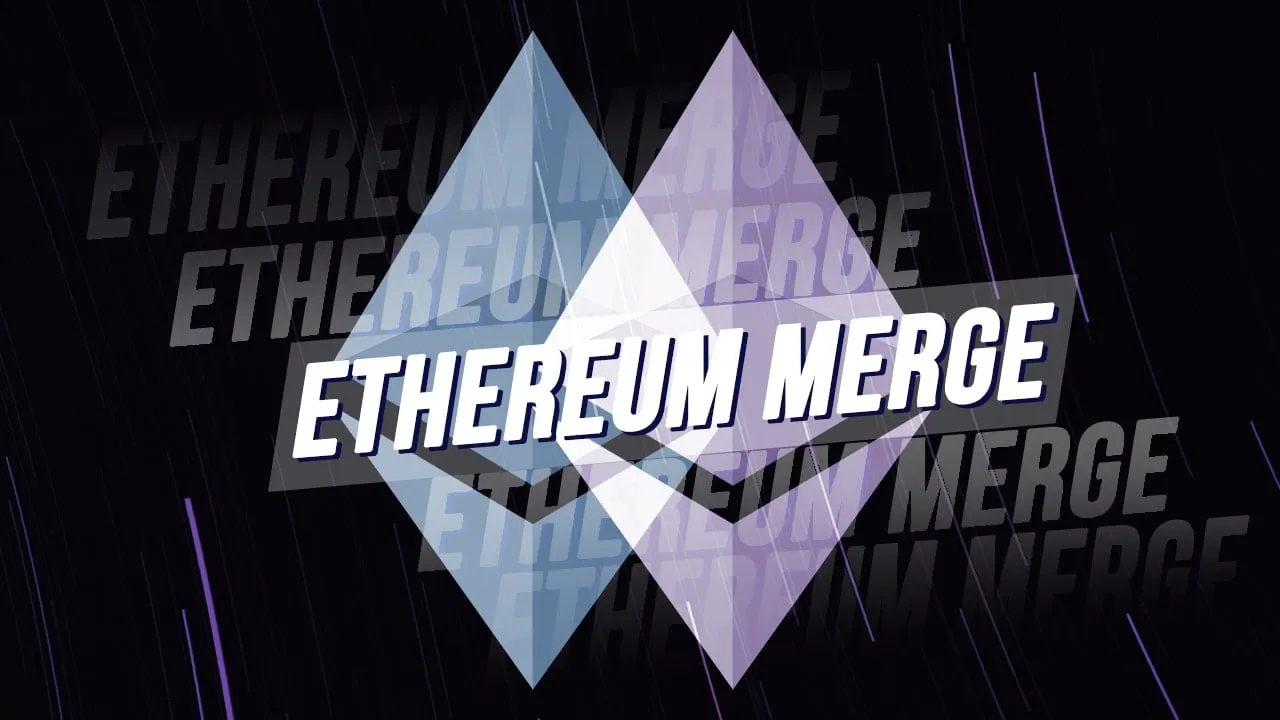As Ethereum is steadily approaching the transition to a Proof-of-Stake mechanism, one notable thing that has changed, aside from further protocol development, has been the change in terminology.
We have already covered Ethereum 2.0 extensively in one of our ongoing blogs where we go in-depth on everything you need to know about Ethereum’s transition to PoS:
Let’s take a closer look at the rebranding from Ethereum 2.0 to the Ethereum Merge, as well as go over the most recent developments in Ethereum’s roadmap as of May 2022.
Check out our latest video- Ethereum Merge: ALL you need to know (including ETHPOW)
And check out our video- Ethereum Merge: Things you don’t (but need) to know as an investor
The Ethereum Merge: Why the shift from Eth2.0?
The term “Eth2.0” was retired in early 2022 to avoid confusion and scams, and to better reflect Ethereum’s evolution—not replacement. The Merge, completed in September 2022, unified Ethereum’s original execution layer with the Beacon Chain’s Proof-of-Stake consensus. By 2025, this rebranding has proven prescient: Ethereum’s roadmap has expanded far beyond the original Eth2.0 vision, with Layer 2 rollups, proto-danksharding, and modular scaling now driving innovation. The shift in terminology helped clarify that Ethereum remains one chain, continuously upgraded—not split or replaced.
ETH Merge is a huge success!
On 15th September 2022 at 06:42:42 UTC at block 15537393, the Merge was completed.
Missed our historical LIVE Merge party? Check it out here!
Ethereum Post-Merge: Where Things Stand in 2025
Since the successful Merge on 15th September 2022, Ethereum has fully transitioned to Proof-of-Stake, eliminating mining and reducing energy consumption by over 99%. The focus has shifted from testing Merge readiness to scaling and optimizing the network. Key milestones since the Merge include:
- Staking Growth: Over 30 million ETH is now staked, with thousands of validators securing the network.
- Scalability Upgrades: Proto-danksharding (EIP-4844) was implemented in late 2024, significantly reducing Layer 2 fees and paving the way for full sharding.
- Layer 2 Expansion: Rollups like Optimism, Arbitrum, and zkSync have seen explosive growth, handling the majority of Ethereum transactions.
- Institutional Adoption: Ethereum’s energy-efficient design and predictable monetary policy have attracted major financial institutions and enterprise use cases.
The Merge is no longer a future milestone—it’s the foundation for Ethereum’s next phase: modular scalability, global adoption, and sustainable infrastructure.
Why the Ethereum Merge Still Matters to Crypto Traders in 2025
Although the Merge was completed nearly three years ago—on 15th September 2022—it continues to influence Ethereum’s trading dynamics in significant ways. Here’s why it remains relevant to traders today:
Reduced ETH Supply and Market Scarcity
- The Merge reduced ETH issuance by approximately 90%. Combined with EIP-1559’s fee-burning mechanism, Ethereum has become deflationary during periods of high network activity.
- This scarcity has strengthened Ethereum’s position as a store of value, attracting long-term investors and institutional interest.
Staking Rewards and Yield Opportunities
- ETH holders can earn staking rewards by locking up their tokens. As of August 2025, staking yields range between 4% to 6%, depending on network conditions.
- Traders now consider staking returns when evaluating ETH’s opportunity cost relative to other assets.
Layer 2 Growth and Transaction Efficiency
- The Merge enabled scalability upgrades such as proto-danksharding (EIP-4844), which significantly lowered Layer 2 transaction fees.
- A majority of ETH trading now occurs on rollups like Arbitrum, Optimism, and zkSync, offering faster execution and lower costs.
Environmental Sustainability and Institutional Access
- Ethereum’s energy consumption dropped by more than 99% post-Merge, making it one of the most environmentally sustainable blockchains.
- This shift has made ETH more appealing to ESG-conscious investors and funds that previously avoided energy-intensive assets.
Price Behavior and Market Sentiment
- ETH’s price has shown resilience, supported by reduced sell pressure, staking lockups, and expanding utility across DeFi and NFTs.
- Traders monitor staking inflows, validator performance, and Layer 2 activity as key indicators for ETH price trends.
Ethereum ($ETH) Price Trends Since the Merge: 2025 Insights
Since the Ethereum Merge on 15th September 2022, ETH’s price trajectory has been shaped by a mix of protocol-level changes, macroeconomic factors, and evolving market sentiment. Here’s a breakdown of how prices have responded and what traders are watching now:
Initial Reaction and Short-Term Volatility
- In the hours following the Merge, ETH saw a modest price increase, briefly peaking above US$1,640 before settling below US$1,600.
- Traders were cautious, anticipating potential forks or technical disruptions, which kept early momentum subdued.
Medium-Term Consolidation and Staking Dynamics
- As staking rewards became more accessible and the supply of ETH decreased due to reduced issuance and fee burning, ETH entered a period of steady accumulation.
- By mid-2023, ETH had stabilized in the US$1,800–US$2,200 range, supported by growing validator participation and reduced sell pressure.
Long-Term Growth and Institutional Interest
- The implementation of proto-danksharding in late 2024 significantly lowered Layer 2 transaction costs, boosting network activity and reinforcing ETH’s utility.
- By August 2025, ETH is trading above US$3,000, driven by deflationary pressure, staking lockups, and increased adoption across DeFi, NFTs, and enterprise applications.
Key Price Drivers in 2025
Environmental Appeal: Ethereum’s energy-efficient design has made it a preferred asset for ESG-focused investors.
Deflationary Supply: With issuance down and EIP-1559 continuing to burn fees, ETH’s circulating supply has declined, supporting upward price pressure.
Staking Yield: ETH staking yields remain attractive, encouraging long-term holding and reducing market liquidity.
Layer 2 Ecosystem: Rollups now handle the majority of Ethereum transactions, improving user experience and expanding use cases.

Angela Wang
Angela loves cryptocurrency, technology that improves our lives...and food. Anything that merges these worlds together is even better.
